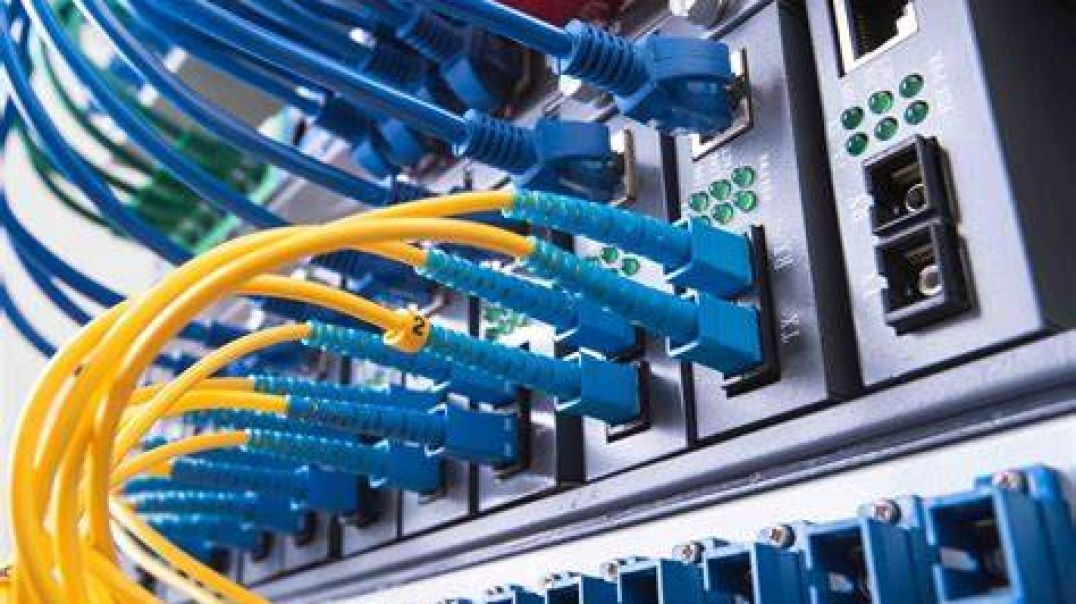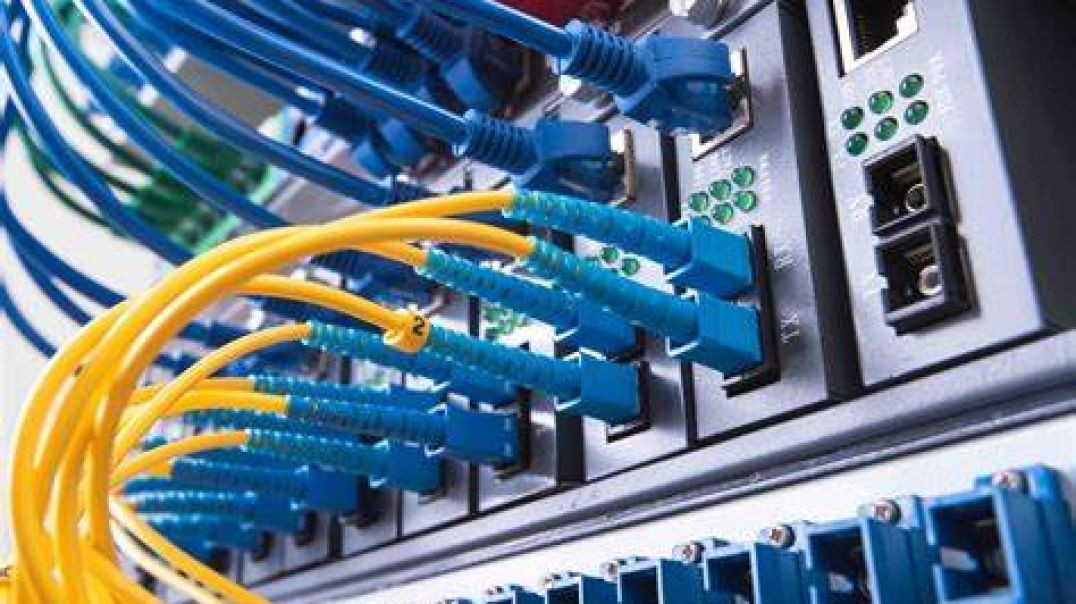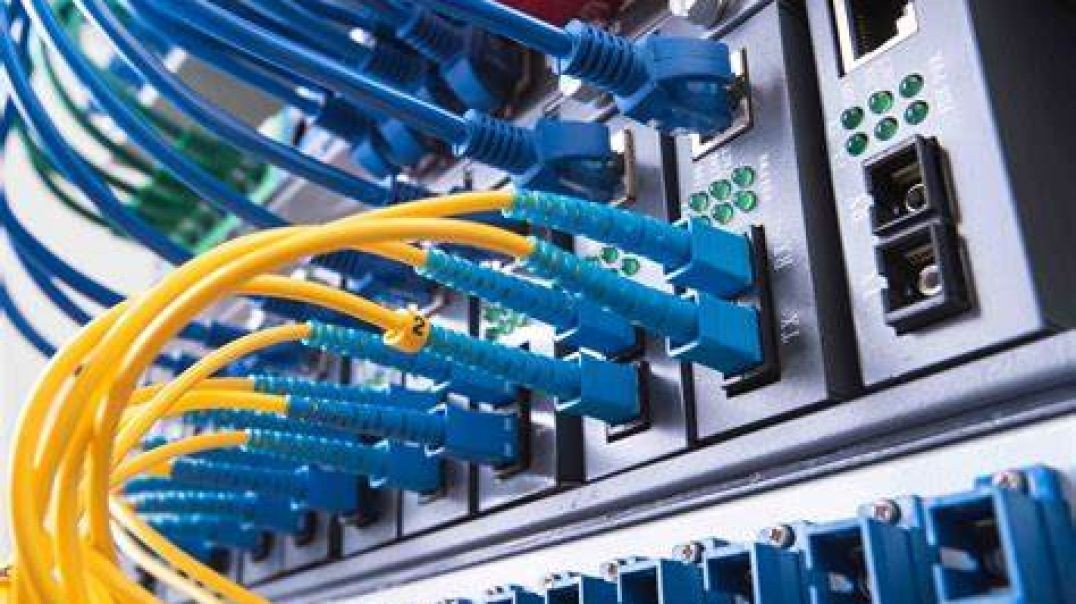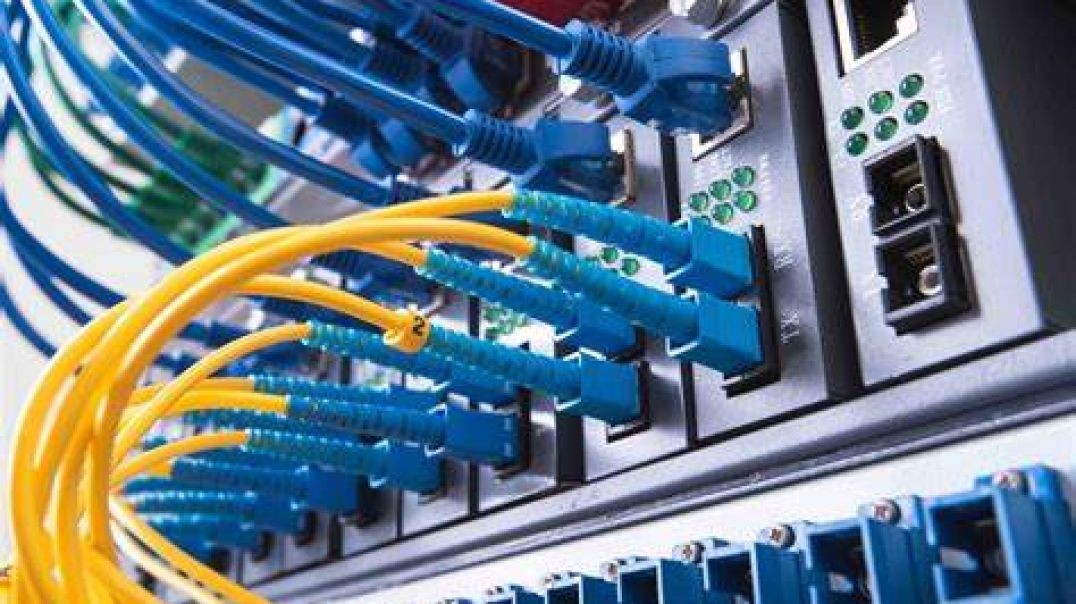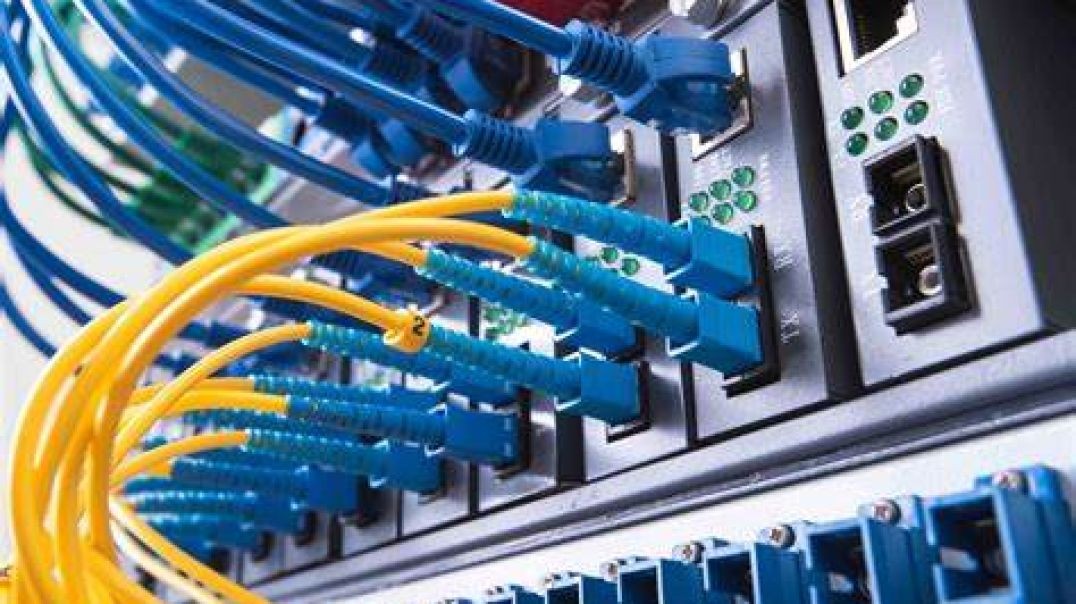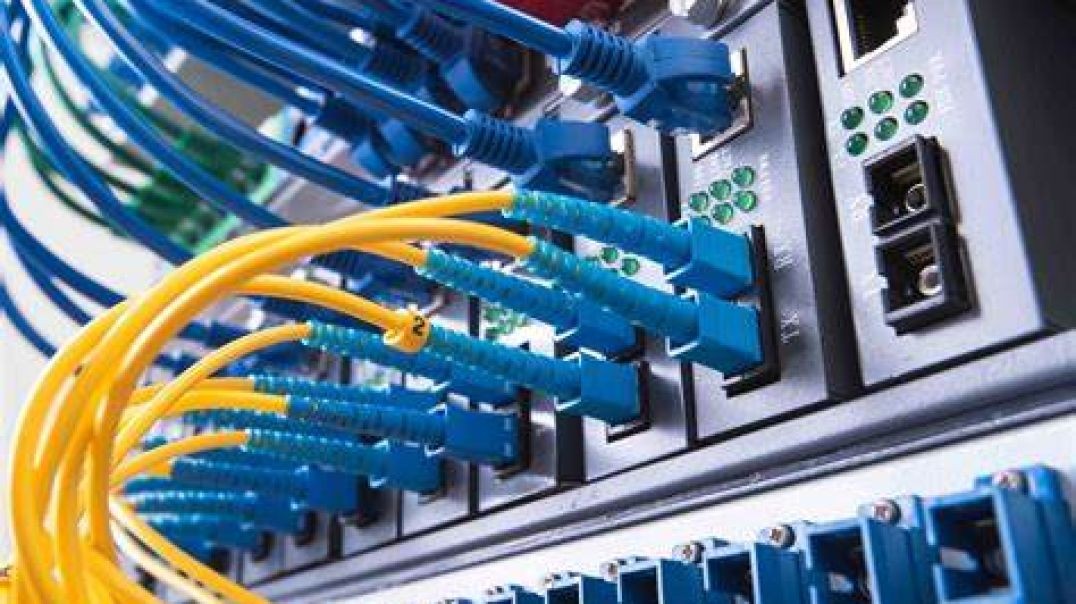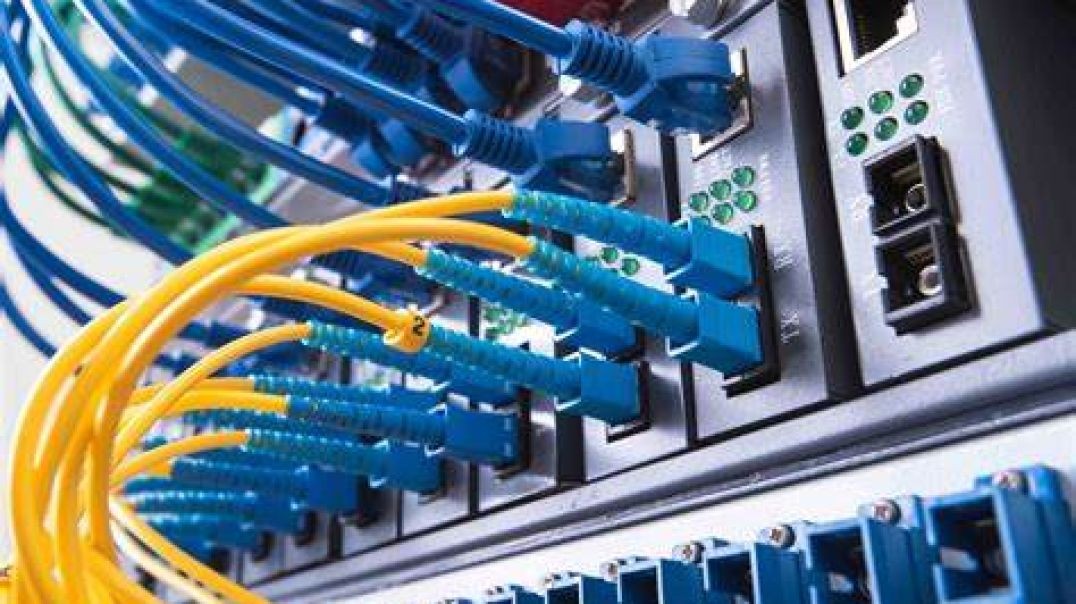8. Network Topologies
0
0
158 Visningar·
10 September 2023
Part 08 of Computer Networking Fundamentals: Network Topologies
Network Topology
At the end of this episode, I will be able to:
- Compare and contrast network topologies.
Learner Objective: Compare and contrast network topologies.
Description: In this episode, the learner will explore different network topologies such as bus, ring, star, mesh and hybrid network topologies.
- Introduction to Network Infrastructure
- Network Topology - This defines the arrangement of network elements such as nodes, connectivity devices, connections and how these relate to one another as well as the flow of the data. There are two way to depict topologies, physical and logical.
- Physical topology - describes the tangible arrangement and aspects of the network elements.
- Logical topology - describes the flow of the data across a network's elements.
- Types
- Bus - a topology in which all devices on the network are connected to a central network media (bus) such as coaxial cabling. This type of topology has been phased out due to performance and scalability issues.
- Ring - a topology in which all devices are connected to a network media with and upstream and downstream "neighbor" forming a circle. In LAN-based communications, ring-based topologies have been phased out (Token Ring, Fiber Distributed Data Interface or FDDI), however in WAN-based technologies they are still used (SONET).
- Star - a common topology in modern networks in which all devices are connected to a centralized device forming a star pattern.
- Mesh - a complex network topology in which all devices have multiple connections to every other device. This topology is very resilient to connection failures.
- Hybrid - a topology that combines characteristics of more than one of the other topologies.
- Network Topology - This defines the arrangement of network elements such as nodes, connectivity devices, connections and how these relate to one another as well as the flow of the data. There are two way to depict topologies, physical and logical.
Visa mer
0 Kommentarer
sort Sortera efter









